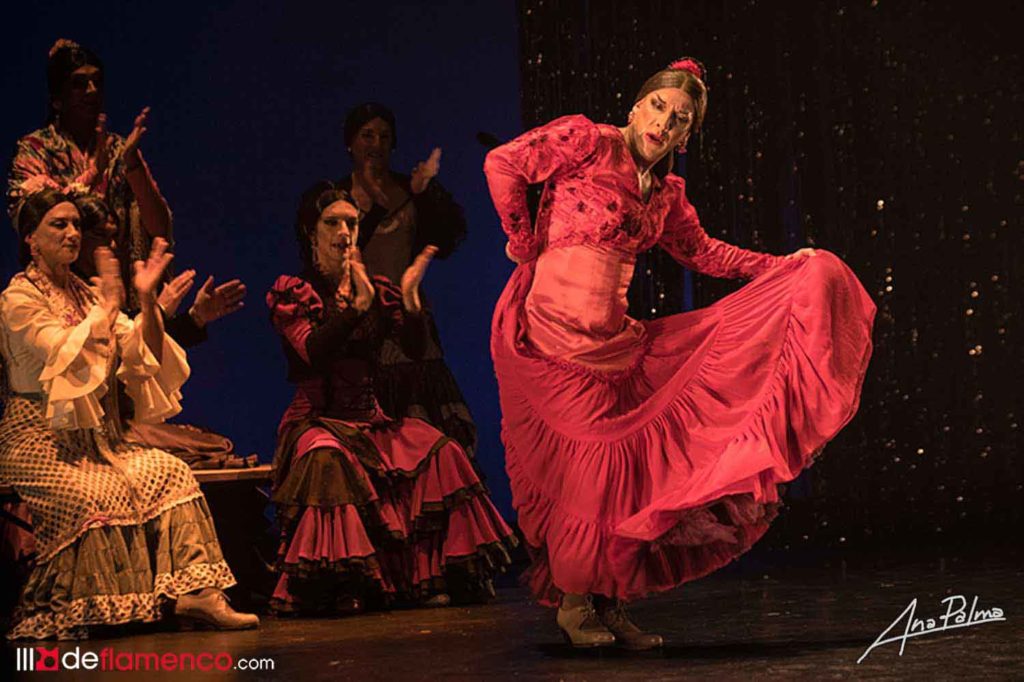‘¡Viva!’. Dance: Manuel Liñán. Dance and choreography: Manuel Liñán, Manuel Betanzos, Jonatan Miró, Hugo López, Miguel Heredia, Víctor Martín, Daniel Ramos. Guitar: Francisco Vinuesa. Voice: David Carpio, Antonio Campos. Violin: Víctor Guadiana. Percussion: Kike Terrón. Teatro Villamarta. Festival de Jerez. Full house. Friday, February 28th, 2020
Long live freedom! shouted one person next to me, making his voice heard above the enthusiastic applause of an excited audience that, without a doubt, not only celebrated Manuel Liñán’s triumph with this work, but that of a more open society, more mature and with a healthier attitude. Not to mention the evolution of a kind of flamenco poised to revise its own clichés and skip traditional obsolete forms.
In other words, the real achievement of the dancer and choreographer from Granada is in having brought to fruition his desire to express something he considered needed to be kept secret just a few decades ago. Just as responding to the merely artistic aspect, his boldest tearing down of barriers is in reflecting upon and breaking down in a natural way an outmoded concept of gender – masculine and feminine.
In this sense, more than cross-dressing (an outmoded term if we finally accept that there is not only way to dress for one sex or the other), what we find is seven male dancers making use of what was erroneously considered appropriate for women, or worse yet, “feminine”. Starting from the wrapping (dresses, shawls, wigs and hair-combs), and including the aesthetic: that mantra that dictates what to feel, how to express oneself and how women move, the gender barrier, identity and sexuality become blurred, and barely pertain any more to a society that wishes to put aside all things binary. Fortunately.
Which is why, if we limit ourselves to the epidermis, in his work ¡Viva!, Liñán transports us with a humorous vision not lacking in a certain amount of nostalgia, to those intimate settings where gatherings are cheered and momentarily compete for a moment of glory which are also collected when they fall to pieces. In this territory, these flamenco drag queens exhibit their virtues and madness, whether histrionic, emotional or pathetic.
But I repeat, the interesting thing, from the very first minute the viewer is obliged to ignore the idea of cross-dressing, and what is instead offered is a dynamic energetic entertaining tragicomedy that sustains itself in a balance between theatrical gags and the rigor of flamenco. A work of traditional flamenco in which these incredible artists, who manage any school or style, invite us to enjoy flamenco dance in a multicolored spectrum. For now, that’s the pride and the victory. Perhaps the next thing will be that we have difficulty identifying that which supposedly defines what we – or they are.
